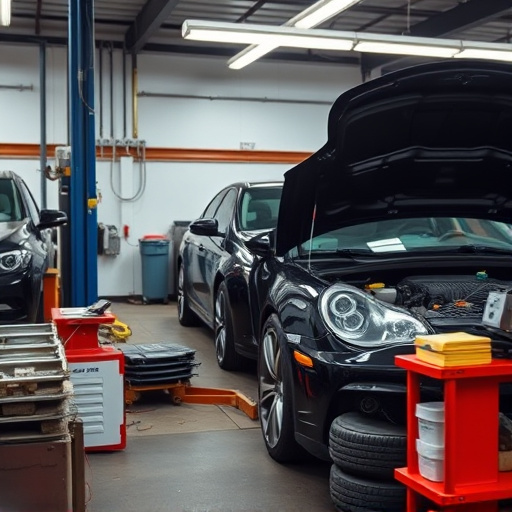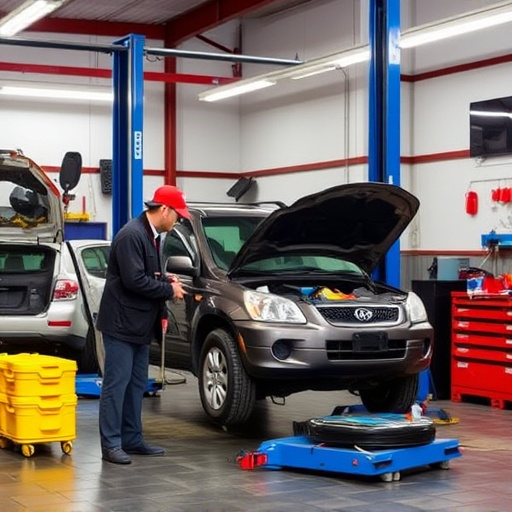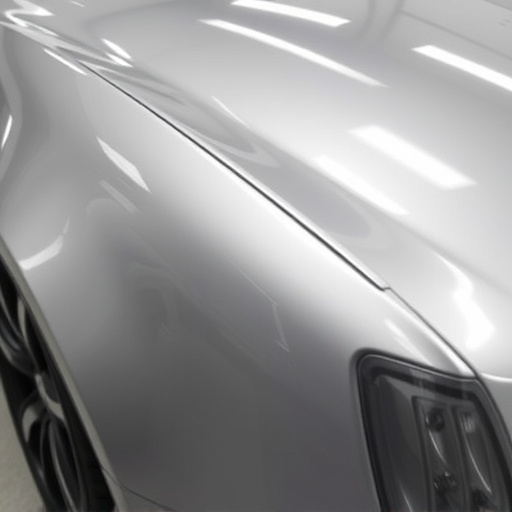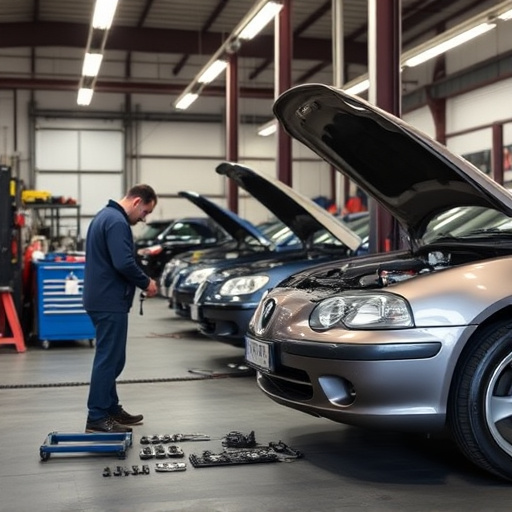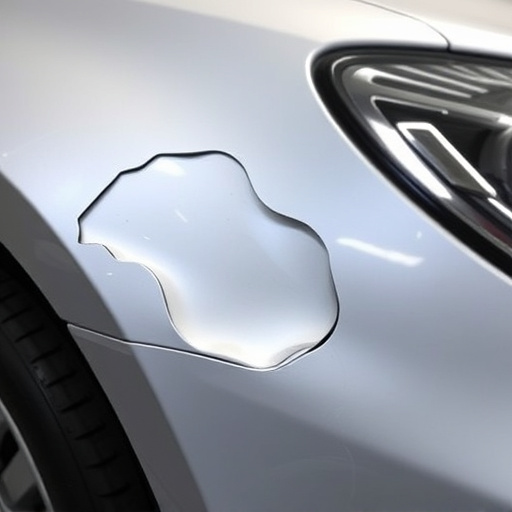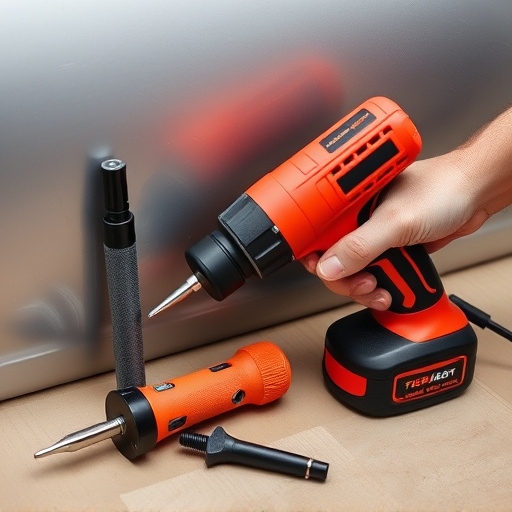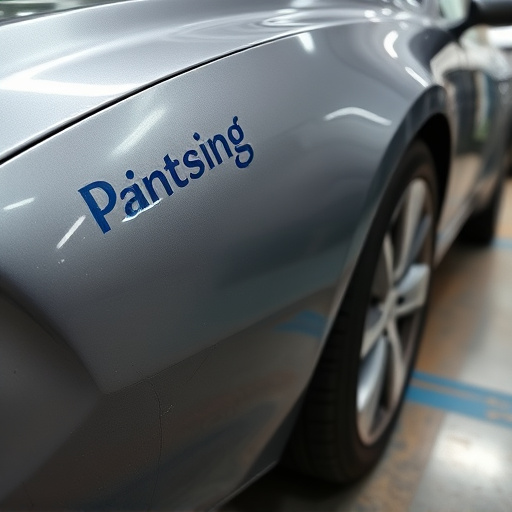Structural repair warranties are crucial for building safety and longevity, covering defects in foundation work, roofs, and major renovations. Understanding coverage terms is key to navigating claims. Regular maintenance reduces repair needs. Insurance plays a critical role, acting as an intermediary for claims resolution, with processes varying by incident severity. Efficient coordination between insurance providers and warranty holders ensures quicker repairs and home value preservation, benefiting all parties involved.
In today’s digital era, ensuring your home or property is protected against unforeseen structural repairs is paramount. This is where structural repair warranties come into play, offering peace of mind by covering unexpected issues. When a claim arises, insurance coordinates with these warranties, streamlining the process. This article delves into understanding structural repair warranty claims and highlights the crucial role of insurance in coverage and the overall efficient coordination for faster repairs.
- Understanding Structural Repair Warranty Claims
- Role of Insurance in Coverage and Process
- Efficient Coordination for Faster Repairs and Peace of Mind
Understanding Structural Repair Warranty Claims

Structural repair warranty claims are a vital aspect of ensuring the longevity and safety of buildings. These warranties specifically cover defects in materials or workmanship related to structural repairs, such as those involving foundation work, roof replacements, or major renovations. When a structural issue arises after a repair or renovation project, homeowners or property managers can rely on these warranties for financial assistance in rectifying the problem.
Understanding the scope of coverage is key when navigating structural repair warranty claims. Each warranty has its own terms and conditions, outlining what constitutes a valid claim and the process to resolve it. Property owners should be familiar with these details, especially as some warranties may exclude certain types of damage or require specific maintenance practices for valid coverage. Regular auto maintenance and prompt attention to vehicle bodywork issues can often prevent major structural repairs down the line, ensuring that warranty claims remain minimal and less complex.
Role of Insurance in Coverage and Process
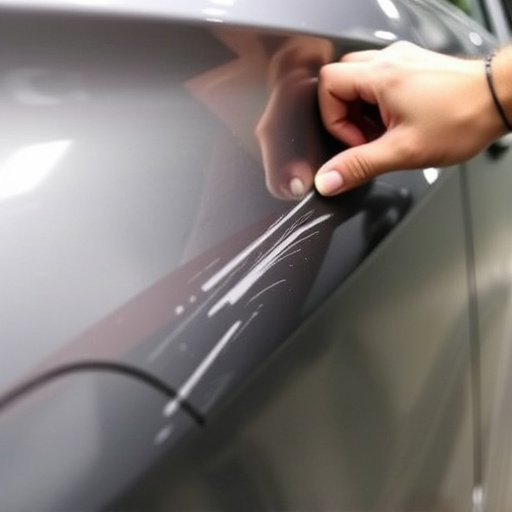
Insurance plays a pivotal role in ensuring a smooth process for structural repair warranty claims. When it comes to structural repairs, whether it’s a fender bender or more extensive damage like automotive body work, insurance companies step in as intermediaries between policyholders and service providers. They facilitate the coverage aspect by evaluating the scope of the repair, assessing the cost, and ensuring the work aligns with the terms outlined in the structural repair warranty.
The process typically involves a series of steps: reporting the incident to insurance, providing necessary documentation, obtaining quotes from authorized repair centers, and finally, approving or denying the claim based on policy conditions. For instance, auto glass repair claims are often quicker due to standardized procedures, whereas complex automotive body work might require more in-depth inspections. Insurance companies work closely with warranty providers to streamline these processes, ensuring customers receive quality repairs while adhering to the specified warranties.
Efficient Coordination for Faster Repairs and Peace of Mind

Efficient coordination between insurance providers and structural repair warranty claims is paramount for faster repairs and peace of mind for homeowners. When a structural issue arises, prompt action is crucial. By streamlining the process, insurers can ensure that affected properties are restored to their pre-damage condition more efficiently. This not only minimizes downtime but also helps to preserve the value of homes, which is particularly important for classic car restoration enthusiasts who invest considerable time and resources into their cherished vehicles.
A well-coordinated system benefits all parties involved. Homeowners gain reassurance knowing that their claims are being handled swiftly and professionally. Structural repair warranty claims specialists can focus on assessing and repairing damage, while insurance adjusters facilitate the financial aspects. This collaboration results in a smoother experience, avoiding the common pitfalls of miscommunication and delays that often plague other types of repair processes, even in a car repair shop or collision repair shop setting.
Insurance plays a pivotal role in ensuring efficient coordination of structural repair warranty claims, facilitating faster repairs, and providing homeowners with peace of mind. By understanding their insurance coverage and working collaboratively with repair professionals, property owners can navigate the claim process seamlessly. This integrated approach not only streamlines repairs but also guarantees that structural issues are addressed comprehensively, upholding the value and safety of homes.



